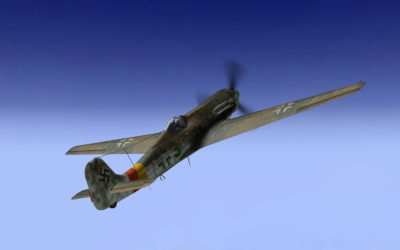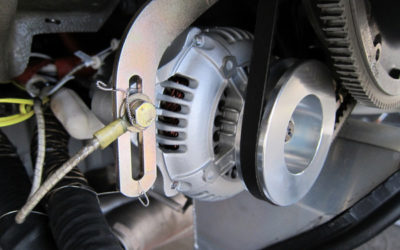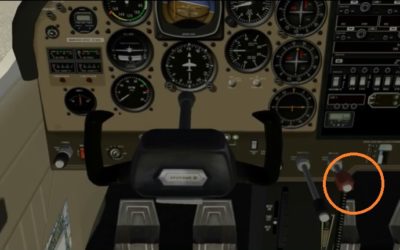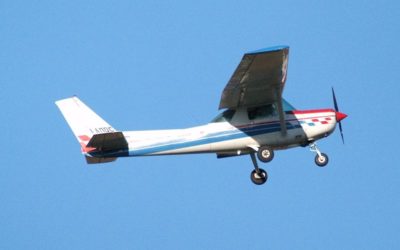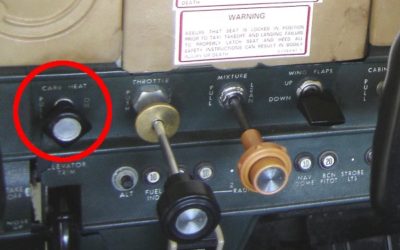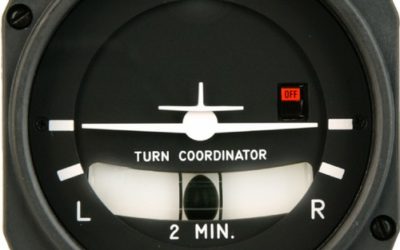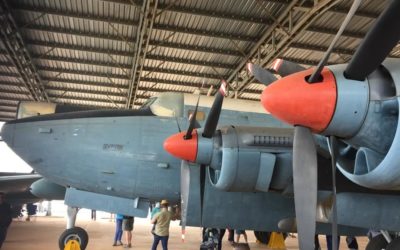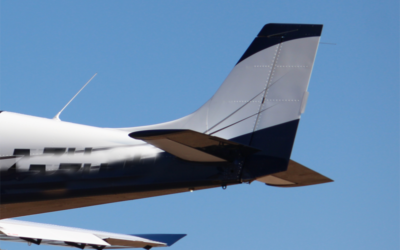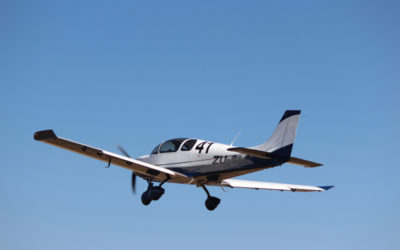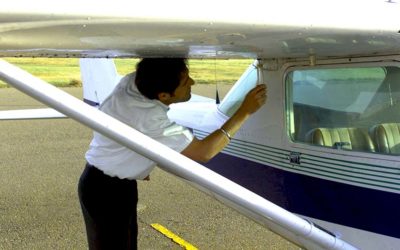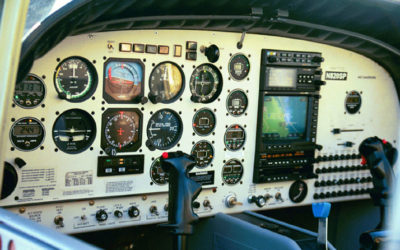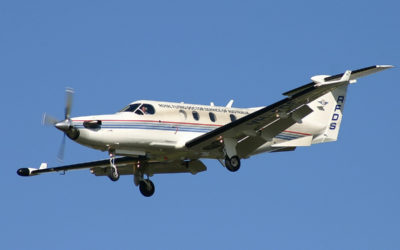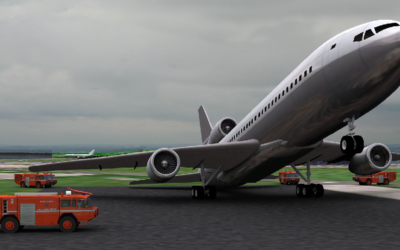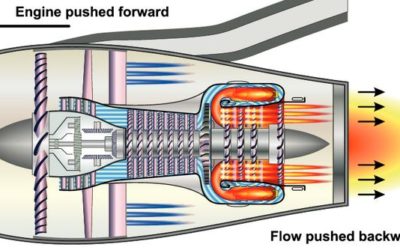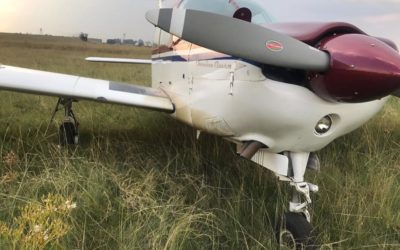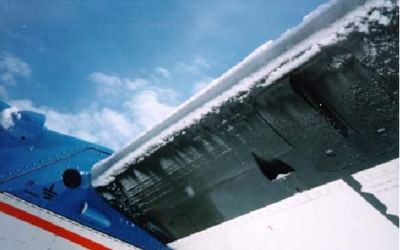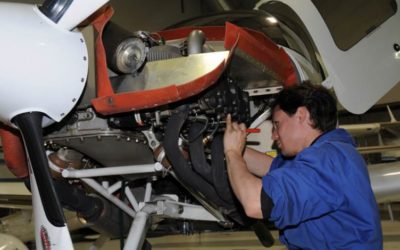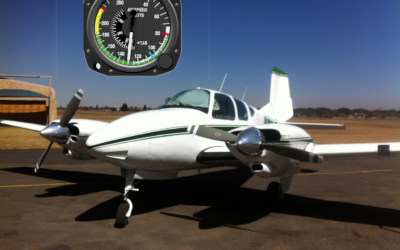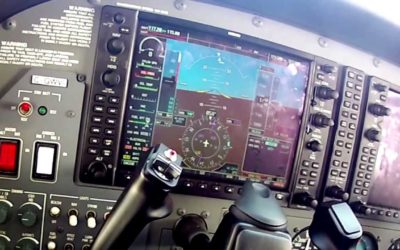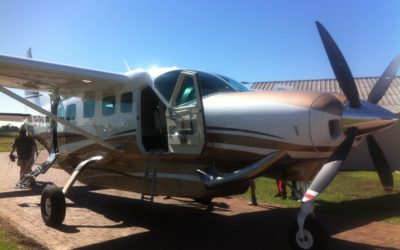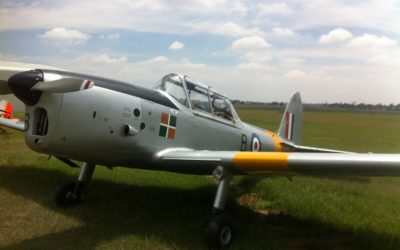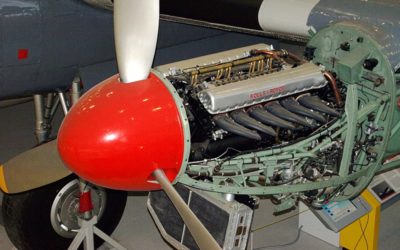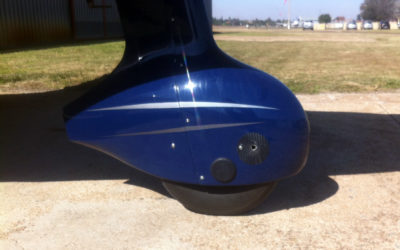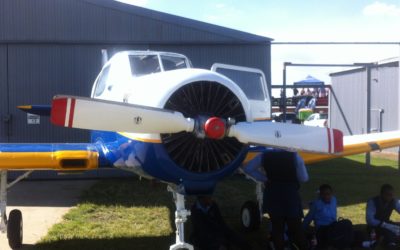Aircraft Technical and General
What is the difference between Climb Gradient and Flight Path Angle?
Climb gradient has nothing to do with speed. Let me repeat – nothing to do with speed. If speed is concerned, then we are talking about the rate of climb… But what is flight path angle?
Alternator failure – What should you do?
Alternator failures do not occur often, but when they do, it affects the electrical systems of the aircraft, and your own decision making skills.
“Coffin Corner” – Aerodynamic Ceiling Explained
An interesting occurrence, related to Mach number, occurs at high altitudes in the troposphere, called ‘coffin corner’. If you are having visions of some deadly myth as scary as flying into the Bermuda triangle, fear not…
Biplanes – Two wings double the lift?
Biplanes, or aeroplanes with two wings, one on top of the other, were popular in the World War One era. Many of these designs are still functioning today, but what makes this design so unique? There are a number of variations in Biplane design, such as staggered...
How does the mixture control work?
In a piston engine aircraft, the mixture control lever is the red one. Red, because it is really important for healthy engine operation. So what exactly does the mixture control lever do?
What is the difference between absolute and service ceiling?
Ceiling applies to how high an aircraft can climb, but this is further divided into an absolute ceiling, and a service ceiling. Let’s have a look at the difference and what they mean…
When to use Carb Heat?
If you have ever felt a little confused as to how carb heat works, and when exactly to use it, you are not alone…
How to use rudder for a perfectly coordinated turn
The remedy for adverse yaw is to be found in the rudder pedals, and in combination with the ailerons is termed a ‘coordinated turn’. What this means is simply the coordination of aileron and rudder, in order to balance the turn. But how does one achieve this?
How heat from your tyres could cause hydroplaning
When water is visible on the runway, precautions can be taken, but did you know that even the slightest amount of barely-there moisture on a runway surface can be far more dangerous than it looks?
Why do some aeroplanes take off with flap and others not?
Have you ever noticed how in your initial training, in the trusty single engine, you were taught to take one notch (10°) flap, yet when you moved onto a light twin engine, suddenly the instruction was zero flap? It can be puzzling why some aeroplanes take off with some flap and others with none at all, but the answer is an interesting one.
Magneto Checks – What are you actually checking?
We often don’t really know, or recall the reason why we are checking a particular item.The magneto check is one of these – we know it is one of the most important checks, and that we are looking for a particular drop, but what is the significance of the drop?
Why does Centre of Pressure move aft at the stall?
Do you know why the centre of pressure on an aircraft wing initially moves forward as the angle of attack increases, yet as it reaches the stall it moves backwards?
What is a Contra-rotating Propeller?
The issues are overcome by using a design concept known as contra-rotating propellers…
What is a Tailplane Stall?
While pulling back on the control column may require the biceps of Dwayne Johnson, forward movement will feel unusually easy.
What is a Rate 1 turn?
A rate 1 turn is a standardised rate of turn used in instrument approaches and holding patterns so that pilot action can be predictable by both controllers and other traffic. It is referred to as 'rate 1' because whatever angle of bank is used, the result should equal...
Ground Effect – Your Friend or Foe?
A phenomenon which affects aircraft when manoeuvring close to the ground, ground effect is something all pilots should consider on take-off and landing. It can prove to be your greatest enemy if you are caught off-guard, or you can make friends, and use it to...
What is the difference between Angle of Attack and Angle of Incidence?
There are two important angles, when it comes to wings, which determine whether the aircraft will in fact fly, and how it will fly – the angle of attack and the angle of incidence. The two can be confusing, so let’s clear them up:
What is a Pitot Tube and What does it do?
Named after it’s 18th century inventor, French engineer Henri Pitot, this marvelous invention is still in use today…
Draining the fuel tanks – What to do if you find water?
Draining the fuel tanks is one of the first things we are taught to do in the pre-flight routine, but what do you do the day you discover a bit of water at the bottom of your fuel drainer?
Which is better – Yoke or Stick Control?
A recent debate with a fellow pilot friend has led to this topic, so I do hope that all of you reading this will leave your comments down below. I must start with a confession, no pun intended, that I am a stick girl!
Constant, Variable and Fixed Pitch Propellers – What is the Difference?
Propeller blades are basically a set of aerofoils arranged radially around a shaft. However, not all props are created equal…
What is a Deep, Accelerated and Shock Stall?
The stall is entirely dependent on the angle of attack, and can occur at ANY speed. Now for the interesting part – What is a deep, accelerated and shock stall?
How do Different Wing Shapes Stall?
Have you ever considered how the shape of your preferred aircraft’s wings will affect how it will stall? One would think that the more modern the aircraft, especially when it comes to airliners, the less likely they are to find themselves in a stall situation, and this would be true…
Understanding Centre of Gravity and Centre of Pressure
these two can be somewhat confusing, so we will look at the differences between the two, and how each is affected under various flight conditions.
How does a Jet Engine work?
If you have ever wondered how a jet engine works, you would actually be surprised how simple it is…
What is a ‘Dutch Roll’?
On first guess it is probably the residual excess of the holiday festivities around the belt line, or more likely, an entertaining aerobatic manoeuvre. The truth is not far off, in the sense that it can be an unintentional, or intentional.
What is Best Glide Speed and should you always stick to it?
Do we stick to this speed religiously in every event where we have a complete loss of power? The answer has two components, depending on what we are trying to do…
Why You Don’t Want to Start Up with the Avionics ON…
Although most instructors would have drilled this into you, you may not have been told why this could be a problem, and quite possibly, Hollywood visions of an exploding aircraft come to mind
Will Flying Fast Prevent Airframe Icing?
Well, the answer is both ‘yes’ and ‘no’, depending on what aircraft you are flying, the shape of it, and how fast it goes…
Refuelling from Plastic Cans – Is it safe?
Have you ever given a thought as to how safe your plastic jerry cans are, and how safe your general refuelling practices are?
What is Mach number and why do jet aeroplanes use it?
True, if you are flying a low powered, single engine piston aeroplane, then Mach is not something you often consider, however, it is a really cool sounding aviation word, and understanding what it is all about, will certainly expand your knowledge base.
Can you carry out a repair on your aeroplane?
On landing you discover your aircraft has a flat tyre, or, during your pre-flight you find a loose aileron bolt – can you fix it yourself? Let’s explore what you can and can’t do…
What is a ‘Raked’ Wingtip?
Just when you thought winglets would be around forever, it seems innovation is alive, with ‘raked wings’ being the flavour ‘du jour’…
What is the difference between Vmc and Vmca?
Nope, this is not VMC – Visual Meteorological Conditions that we are talking about, but rather flying speeds relating to twin engine aircraft. The key to understanding twin engine performance, is how they fly with two engines operating, and how the bitch switch gets turned on when only one engine is operating.
Alternator Failures – How they happen and what to do?
The key to the delivery of electrical power is the alternator (or generator) in most cases, so knowing what it does, and what to do if you suspect a problem, can be valuable when trouble shooting flashing lights and popping circuit breakers.
Can a forward CG or aft CG be a benefit?
Having your CG either closer to the forward limit or closer to the rear limit, can have it’s benefits, depending on the stage of flight, let’s have a look…
How does Aircraft Mass Affect the Glide?
How does a heavier aircraft perform in the glide? Well, if you were to find yourself on top of a rooftop, and dropped two items, let’s say a brick and a paper plate, from exactly the same height, in the same direction (down) and at the same time, then what would happen?
Schnapp, Krackle und Pop – What is going on with your engine?
Rough running engines are never a good sign, but ignoring the problem will not make it go away. Instead, having some idea of what might be causing those snap, crackle and pop noises, could help you solve a problem which might not require the services of an inflight aircraft mechanic.
Why you should check tyre pressure every flight
While it might just be a little laziness, or a seemingly less important part of your pre-flight, when fuel and oil take precedence, it seems that checking tyre pressure is often accomplished with an eyeball and quick kick. So how should you check the tyre pressure, and what happens if your tyre pressure is too low or too high?
Why are there two, three, and four blade propellers?
There are props and there are props, but these days there is such an assortment that without a degree in aeronautics, distinguishing the differences, and understanding how they all work, is quite a challenge. More specifically, why are there two, three and four blade propellers?
Wake Turbulence – How close to another aircraft can you go?
Encountering wake turbulence can be especially scary and hazardous during the landing and take-off phases of flight, where the aircraft’s close proximity to the ground makes a recovery from the turbulence-induced problems more difficult.

